In recent years, electric fireplaces have gained popularity as a convenient and stylish alternative to traditional wood-burning or gas fireplaces. But one question that often arises is: just how energy efficient are these modern heating solutions? In this comprehensive guide, we’ll explore the energy efficiency of electric fireplaces, compare them to other types of fireplaces, and help you understand what to look for when choosing an energy efficient electric fireplace for your home.
The Energy Efficiency of Electric Fireplaces Explained
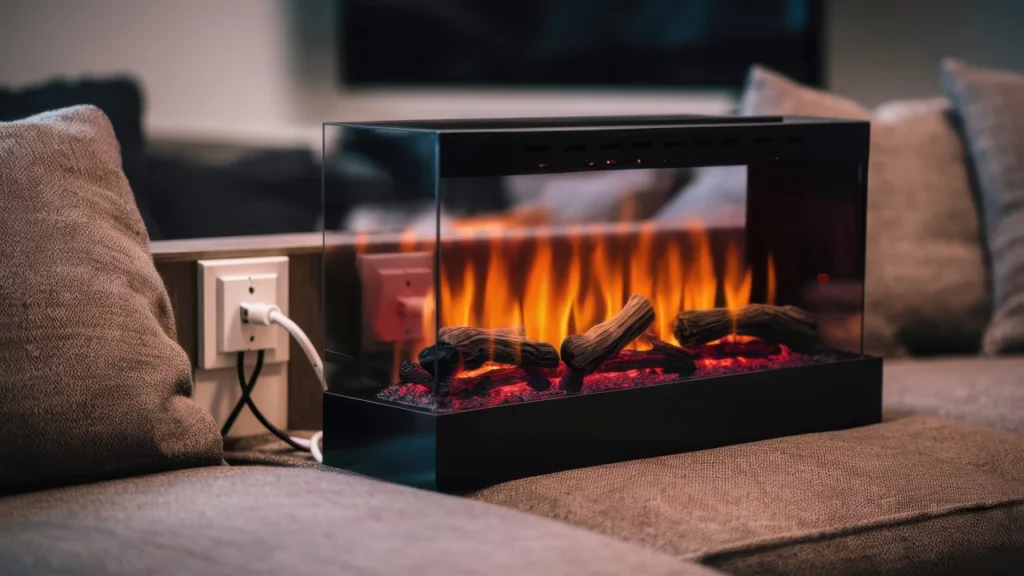
To understand the energy efficiency of electric fireplaces, it’s important to first grasp how they work. Unlike traditional fireplaces that burn wood or gas, electric fireplaces use electricity to produce heat and create the illusion of flames. This fundamental difference in operation is key to their efficiency.
How Electric Fireplaces Work
- Heating Element: Most electric fireplaces use a fan-forced coil heater or an infrared heater to produce warmth.
- Flame Effect: LED lights or other technologies create realistic flame effects without actual combustion.
- Thermostat Control: Many models feature adjustable thermostats for precise temperature control.
- Zone Heating: Electric fireplaces allow for targeted heating of specific areas, reducing overall energy consumption.
The heating element in an electric fireplace typically uses between 750 and 1,500 watts of power. This is significantly less than many other household appliances. For comparison, a typical clothes dryer uses about 3,000 watts, while an electric oven can use up to 4,000 watts.
Energy Efficiency Factors

Several factors contribute to the energy efficiency of electric fireplaces:
- Direct Heat Conversion: Nearly 100% of the electricity used is converted into heat.
- No Heat Loss: Unlike traditional fireplaces, there’s no heat loss through a chimney or flue.
- Supplemental Heating: Electric fireplaces are often used for zone heating, reducing the load on central heating systems.
- Adjustable Output: Users can easily control the heat output to match their needs.
The ability to adjust the heat output is a significant factor in the efficiency of electric fireplaces. Many models allow you to run the flame effect without heat, using as little as 50 watts of power. This means you can enjoy the ambiance of a fireplace year-round without unnecessary energy consumption.
How Efficient are Electric Fireplaces Compared with Other Types
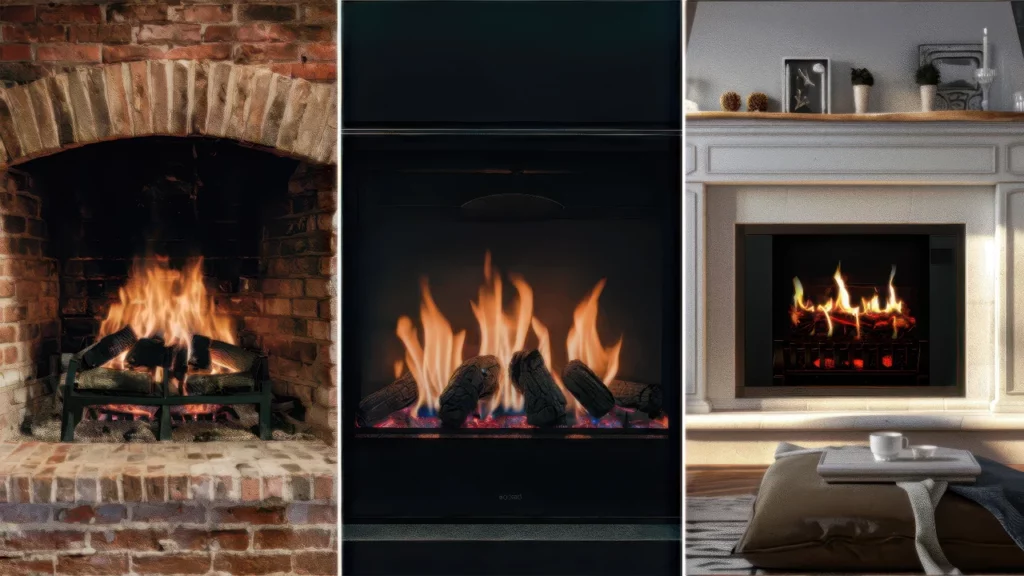
To truly understand the efficiency of electric fireplaces, it’s helpful to compare them with other common types of fireplaces and heating sources.
Compare them with Gas, Wood, and Other Fireplaces
| Fireplace Type | Efficiency Rating | Pros | Cons |
| Electric | 90-99% | Highly efficient, no emissions, easy to install | Relies on electricity, may have higher operating costs |
| Gas | 70-80% | Convenient, relatively clean-burning | Requires gas line, some heat loss through venting |
| Wood-burning | 10-30% | Traditional ambiance, renewable fuel source | Significant heat loss, requires chimney, high maintenance |
| Pellet Stove | 70-83% | Uses renewable fuel, relatively efficient | Requires electricity, regular cleaning and maintenance |
As we can see, electric fireplaces stand out as the most efficient option in terms of converting energy into usable heat for your home.
Benefits of Electric Fireplaces Over Traditional Options
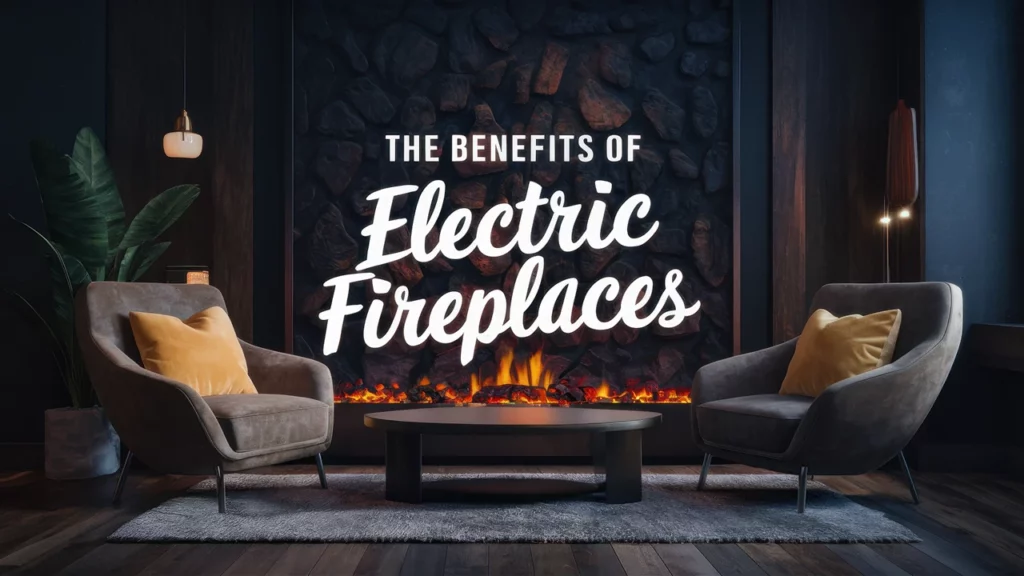
- No Heat Loss: Traditional fireplaces lose a significant amount of heat through the chimney, while electric models retain all the heat they produce.
- Precise Temperature Control: Electric fireplaces allow for exact temperature settings, unlike wood or gas fireplaces.
- Safety: With no real flames or combustion, electric fireplaces are generally safer, especially around children and pets.
- Environmental Impact: Electric fireplaces produce no direct emissions, making them a cleaner option for indoor air quality.
- Flexibility: They can be installed almost anywhere without the need for venting or gas lines.
Electric fireplaces also offer unparalleled convenience. There’s no need to chop or store wood, clean up ashes, or deal with the hassle of starting and maintaining a fire. Simply plug in your electric fireplace and enjoy instant warmth and ambiance at the touch of a button.
What to Look for in Fireplace Efficiency
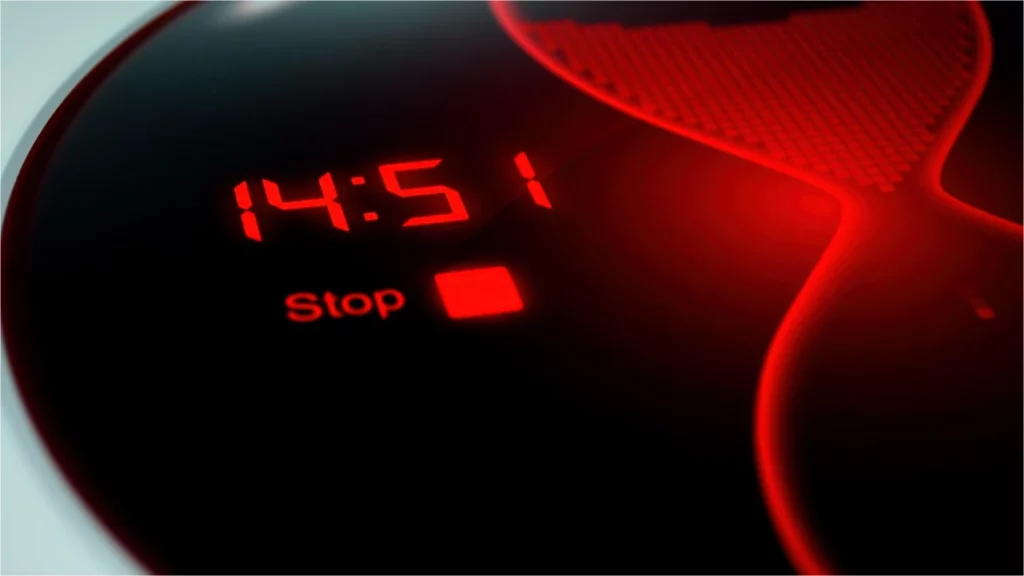
When shopping for an energy efficient electric fireplace, consider the following factors:
- Wattage: Look for models with adjustable wattage settings to control energy consumption.
- Heating Capacity: Choose a fireplace sized appropriately for your space to avoid wasting energy.
- Thermostat: Opt for models with built-in thermostats for better temperature control.
- Timer Function: This feature allows you to automatically turn off the fireplace, preventing unnecessary operation.
- Insulation: Well-insulated models retain heat better, improving overall efficiency.
- Energy Star Certification: While not common for electric fireplaces, some models may carry this efficiency certification.

When considering wattage, remember that a higher wattage doesn’t necessarily mean better heating. It’s more important to choose a fireplace with the right heating capacity for your space. A 1,500-watt heater can typically warm a room of about 150 square feet. If you’re heating a larger space, look for models with higher BTU ratings rather than just higher wattage.
Most Energy Efficient Electric Fireplaces in 2024
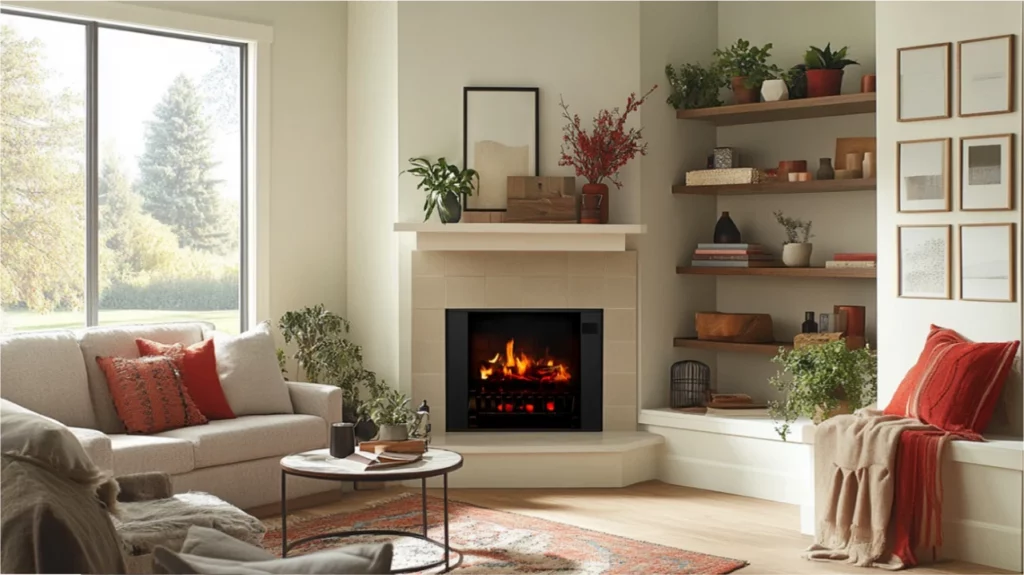
As we look ahead to 2024, several electric fireplace models stand out for their exceptional energy efficiency. While specific models may change, look for brands and features that prioritize efficiency:
- MagikFlame Electric Fireplaces: Known for their realistic flame effects and efficient heating, MagikFlame models often lead the pack in energy efficiency. Their 5,200 BTU heater can warm spaces up to 1,000 square feet, making them ideal for larger rooms or open floor plans.
- Dimplex Electric Fireplaces: Offers a range of efficient models with advanced features like multi-function remote controls and precise thermostats. Their patented flame technology creates a realistic fire effect while using minimal energy.
- Touchstone Sideline Elite: Wall-mounted electric fireplaces that provide efficient zone heating with multiple heat settings. These sleek, modern fireplaces are perfect for those looking to save floor space while still enjoying efficient heating.
Maximizing the Efficiency of Your Electric Fireplace
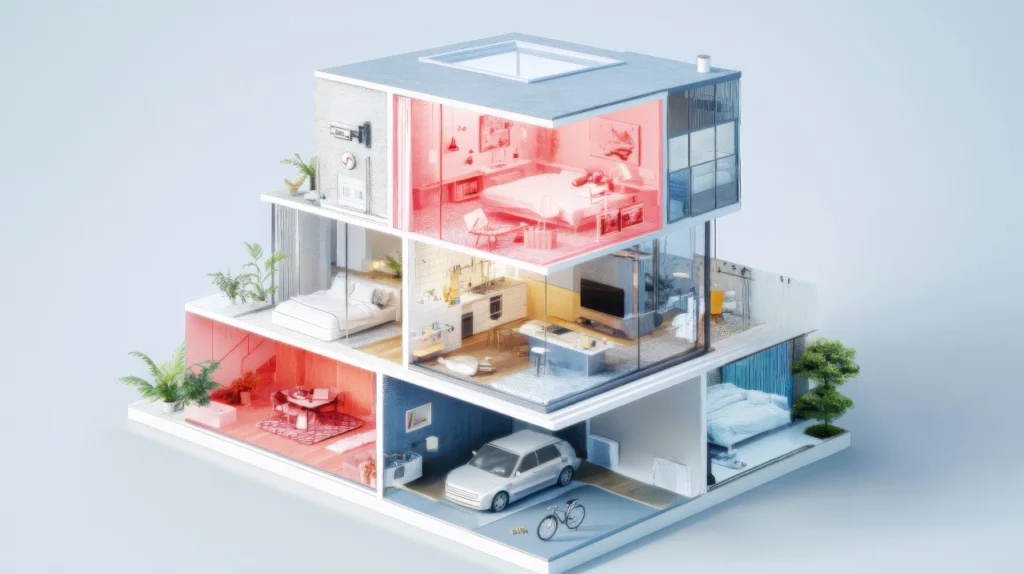
To get the most out of your energy efficient electric fireplace, follow these tips:
- Use Zone Heating: Heat only the room you’re in rather than the entire house. This can lead to significant energy savings, especially in larger homes.
- Maintain Proper Insulation: Ensure your room is well-insulated to retain heat effectively. This includes sealing any drafts around windows and doors.
- Clean Regularly: Keep your electric fireplace clean for optimal performance. Dust and debris can reduce efficiency over time.
- Use a Timer: Set your fireplace to turn off automatically when not needed. This is especially useful if you tend to fall asleep with the fireplace on.
- Adjust Settings: Use lower heat settings when possible to conserve energy. Often, a lower setting is sufficient to maintain a comfortable temperature once the room has warmed up.
- Combine with Ceiling Fans: In the winter, use ceiling fans on a low, clockwise setting to help distribute warm air throughout the room.
- Position Furniture Strategically: Arrange your furniture to allow for optimal heat circulation. Avoid blocking the front of the fireplace with large pieces of furniture.
The Cost-Effectiveness of Electric Fireplaces

While the initial cost of an electric fireplace may be higher than some traditional options, they can be more cost-effective in the long run due to their efficiency and low maintenance requirements.
Factors Affecting Cost-Effectiveness:
- Local Electricity Rates: The cost-effectiveness can vary depending on your local electricity prices. In areas with lower electricity rates, electric fireplaces can be particularly economical.
- Usage Patterns: Using your electric fireplace for zone heating can lead to significant savings on your overall heating bill. By heating only the room you’re in, you can reduce the workload on your central heating system.
- Maintenance Costs: Electric fireplaces require minimal maintenance compared to wood or gas fireplaces, reducing long-term costs. There’s no need for annual chimney cleanings or gas line inspections.
- Installation Costs: Electric fireplaces are generally easier and less expensive to install than traditional fireplaces. Many models are simply plug-and-play, requiring no special installation at all.
- Lifespan: Quality electric fireplaces can last for many years with proper care, spreading the initial cost over a longer period.
To illustrate the potential savings, let’s consider an example. Suppose you use a 1,500-watt electric fireplace for 5 hours a day during the four coldest months of the year. At an average electricity rate of $0.13 per kWh, this would cost about $117 for the season. Compare this to the cost of firewood for a traditional fireplace, which can easily exceed $300 for the same period, not to mention the additional costs of chimney cleaning and maintenance.
Environmental Impact of Electric Fireplaces

When considering the energy efficiency of electric fireplaces, it’s also important to consider their environmental impact:
- Zero Direct Emissions: Electric fireplaces produce no smoke or greenhouse gases in your home, leading to better indoor air quality.
- Reduced Carbon Footprint: When powered by renewable energy sources, electric fireplaces can have a very low carbon footprint. As the electrical grid becomes cleaner with more renewable energy, the environmental impact of electric fireplaces will continue to decrease.
- No Deforestation: Unlike wood-burning fireplaces, electric models don’t contribute to deforestation. This is particularly important in areas where forests are under pressure from over-harvesting.
- Longevity: Quality electric fireplaces can last for many years, reducing waste from frequent replacements. This longevity also means less manufacturing and transportation-related emissions over time.
- Energy Efficiency: The high efficiency of electric fireplaces means less overall energy consumption compared to traditional fireplaces, leading to a lower environmental impact.
The Future of Electric Fireplace Efficiency

As technology continues to advance, we can expect to see even more efficient electric fireplaces in the future:
- Smart Home Integration: Integration with smart home systems for optimized energy use. Future fireplaces may be able to automatically adjust their output based on factors like room occupancy, time of day, and even weather conditions.
- Advanced Materials: Development of materials that better retain and distribute heat. This could lead to even more efficient heating with less energy input.
- Improved Flame Technology: Even more realistic flame effects that use less energy. As LED technology continues to advance, we may see flame effects that are indistinguishable from real fires while using minimal electricity.
- Enhanced Heating Elements: More efficient heating elements that provide more warmth with less electricity. This could include advancements in infrared heating technology or entirely new heating methods.
- Battery Integration: Some future models may incorporate battery storage, allowing them to operate during power outages or to take advantage of off-peak electricity rates.
- Eco-Friendly Manufacturing: As sustainability becomes increasingly important, we may see electric fireplaces made from more recycled or sustainable materials, further reducing their environmental impact.
Conclusion: Are Electric Fireplaces Truly Energy Efficient?
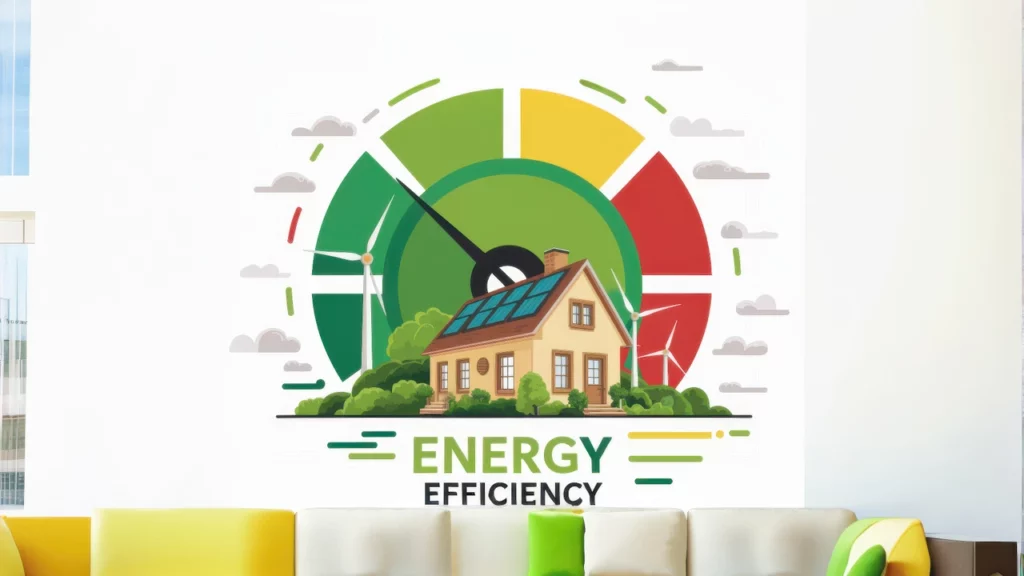
In conclusion, electric fireplaces are indeed energy efficient heating options for modern homes. They offer several advantages over traditional fireplaces in terms of efficiency, safety, and environmental impact. While the most energy efficient model for you will depend on your specific needs and circumstances, electric fireplaces generally provide an excellent balance of ambiance and efficient heating.
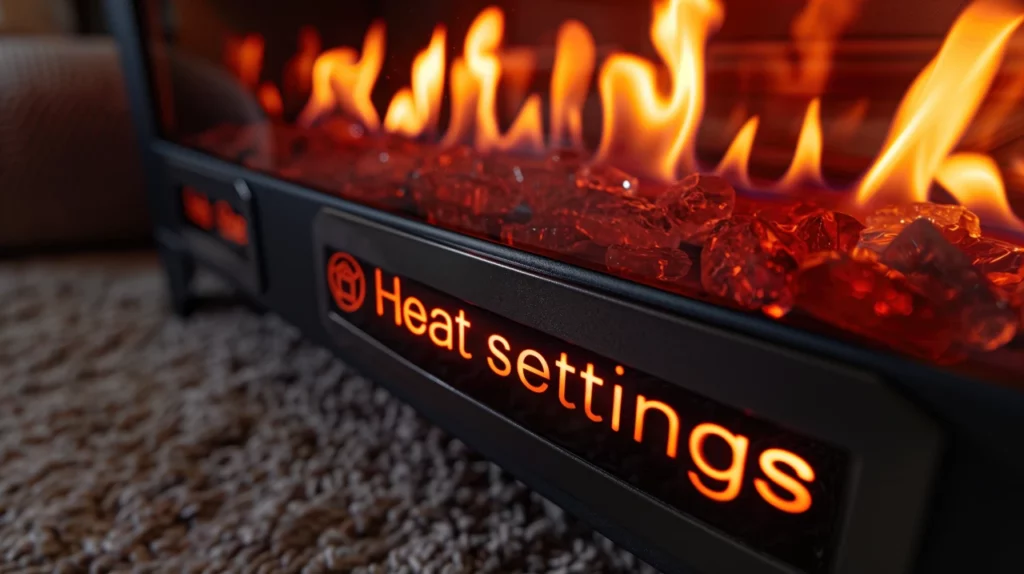
When choosing an energy-efficient electric fireplace, consider factors such as the size of your space, your heating needs, and the features that matter most to you. Look for models with adjustable settings, good insulation, and energy-saving features like timers and thermostats.
Remember, the most efficient electric fireplace is one that’s used wisely. By employing zone heating strategies and taking advantage of electric models’ precise control, you can create a cozy atmosphere in your home while keeping your energy consumption in check.

As we move towards more sustainable living, electric fireplaces represent a step in the right direction, offering the warmth and ambiance we love about fireplaces without the inefficiencies and environmental concerns associated with traditional wood-burning or gas models. Whether you’re looking to supplement your home’s heating, create a focal point in your living room, or simply enjoy the cozy atmosphere of a fireplace, an energy efficient electric fireplace could be the perfect solution for your home.
Electric fireplaces’ efficiency, combined with their convenience, safety, and environmental benefits, makes them an excellent choice for modern homeowners. As technology continues to advance, we can expect these appliances to become even more efficient and feature-rich, further cementing their place as a smart heating solution for the future.






























